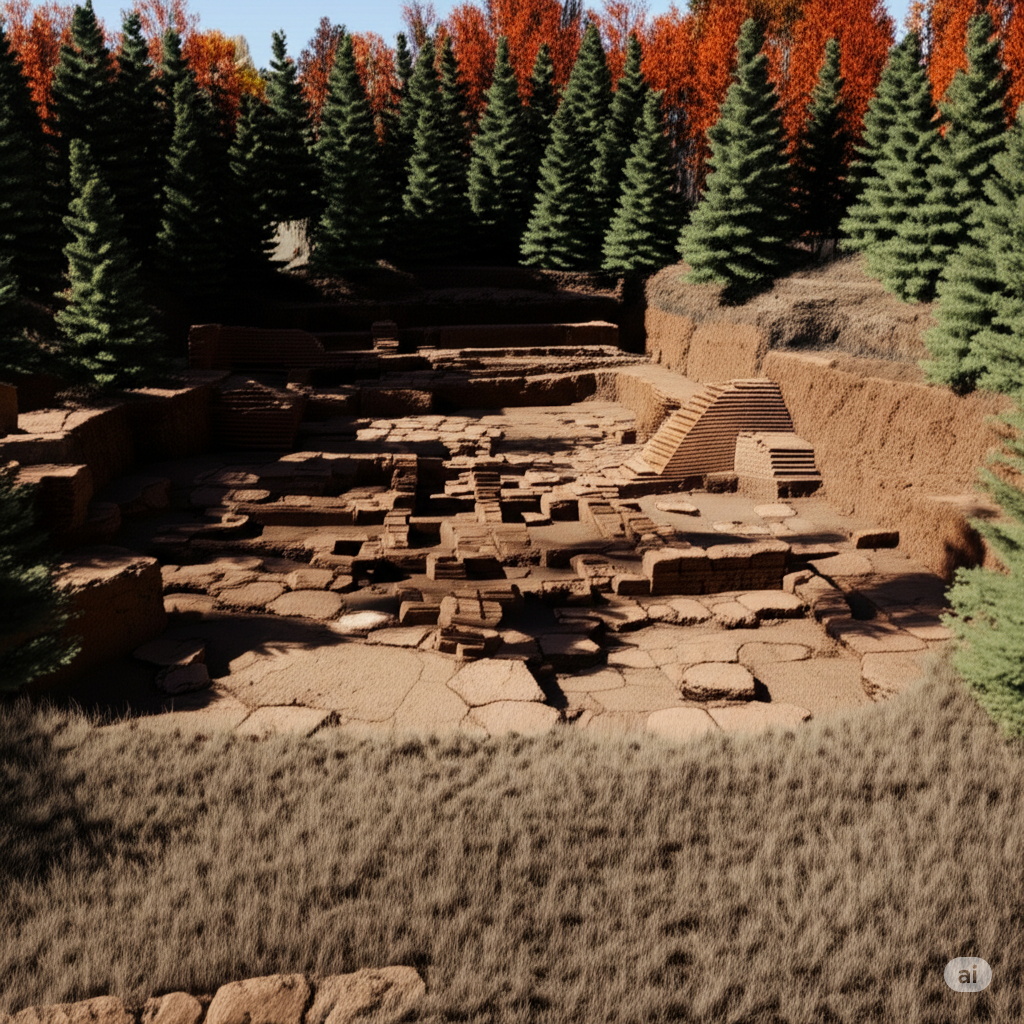
Whispers Beneath the Bulldozers: Why We're Losing Our History Under Development in New Brunswick
Share
Across New Brunswick, a silent tragedy is unfolding beneath our feet. As development marches forward, paving the way for new homes, businesses, and infrastructure, we risk losing invaluable pieces of our past – ancient structures, forgotten settlements, and the tangible remnants of those who came before us, both Indigenous and early settlers.
A concerning reality exists: many individuals who stumble upon potential historical finds during land development or even routine property maintenance choose silence over disclosure. The reason? A well-founded fear of financial ruin. The moment a potential archaeological site is identified, development can grind to a halt. Landowners face the daunting prospect of funding costly archaeological assessments, excavations, and project modifications – often with little to no financial support.
Imagine unearthing a stone foundation that hints at a pre-colonial dwelling, or fragments of pottery that whisper tales of centuries past. Instead of sharing these incredible discoveries, the understandable instinct for many is to quietly cover them up, to avoid the bureaucratic hurdles and the potential for significant financial loss. This isn't malicious; it's a rational response to a system that often penalizes those who uncover our shared history.
The Cost of Silence: A Fading Tapestry of the Past in New Brunswick
The direct consequence of this fear-driven silence is a drastically underreported number of historical sites and artifacts. The official records, as incomplete as they may be, likely represent only a fraction of the rich tapestry of history that lies dormant beneath our soil in New Brunswick. We are losing crucial information about the lives, cultures, and movements of people who shaped this land long before our time.
Think about the potential knowledge we're missing. Each unreported artifact, each leveled foundation, is a lost opportunity to understand the intricacies of Indigenous societies, the early patterns of European settlement, and the long and complex history of North America. We are effectively erasing chapters from our collective story, leaving future generations with a fragmented and incomplete understanding of their heritage.
A Call for Proactive Partnerships: Government and Developers Working Together in New Brunswick
The current system: Where the financial burden largely falls on individual landowners, is clearly unsustainable and detrimental to heritage preservation in New Brunswick. It's time for a more proactive and collaborative approach involving the provincial government and land developers.
Here's how a more effective system could look in New Brunswick:
○ Government Funding and Incentives: The New Brunswick government needs to establish dedicated funds to support archaeological assessments and mitigation efforts on private land. This could include grants, tax incentives, or even direct coverage of investigation costs when significant finds are reported. This would remove the primary financial disincentive for landowners to disclose discoveries.
◇ Early Stage Archaeological Surveys: For larger development projects in New Brunswick, the government could mandate and partially fund preliminary archaeological surveys before significant ground disturbance occurs. This would allow for the identification and potential preservation of sites early in the planning process, minimizing costly delays and conflicts later on.
○ Streamlined Reporting and Assessment Processes: The bureaucratic processes involved in reporting and assessing archaeological finds in New Brunswick need to be clear, efficient, and less burdensome for landowners. Providing clear guidelines and support throughout the process is crucial.
◇ Public Education and Awareness: The New Brunswick government and heritage organizations should invest in public education campaigns to raise awareness about the importance of archaeological heritage and the legal obligations surrounding discoveries. This can foster a sense of shared responsibility and encourage reporting.
○ Collaboration with Indigenous Communities: Meaningful consultation and partnership with local First Nations communities in New Brunswick are paramount at every stage of the process, from initial surveys to the management and interpretation of any finds. Their traditional knowledge and perspectives are invaluable.
◇ Integration into Development Planning: Encourage and incentivize developers in New Brunswick to incorporate heritage preservation into their planning processes from the outset. This could involve flexible design approaches that accommodate significant finds or the creation of interpretive spaces within developments.
Preserving Our Past for the Future of New Brunswick:
The whispers beneath the bulldozers in New Brunswick hold vital clues to our shared history. By shifting the financial burden away from individual landowners and fostering proactive partnerships between the provincial government and developers, we can create a system that encourages the reporting and preservation of archaeological finds. It's time to move beyond a reactive approach and embrace a future where development and heritage preservation can coexist, enriching our understanding of the past and leaving a more complete story for generations to come in New Brunswick and beyond. The history beneath our feet is a treasure – let's work together to unearth and protect it.